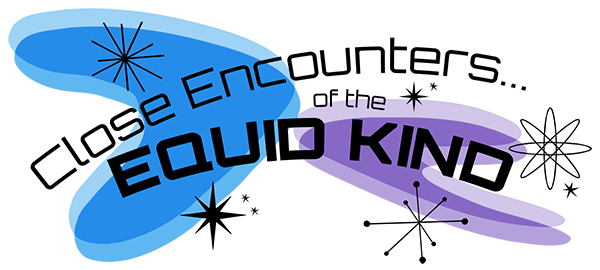Event Title
Red Star Animal Relief in WWI: Rhode Island Chapter
Session
Session 4: Horses and Conflict
Location
Mary Tefft White Cultural Center, University Library
Start Date
29-9-2023 1:50 PM
End Date
29-9-2023 2:30 PM
Description
As WW1 swirled, people in Rhode Island wanted to help the equines that were injured on the front line. As the U.S. prepared to join the war, Rhode Islanders formed a branch of the Red Star Animal Relief (RSAR) in March 1917. The Rhode Island branch was part of a larger national organisation, which was “to animals what the Red Cross is to humans.” Their mission was to help the animals who were injured as they played a “vital part in the great world struggle going on overseas.” Mayer Gainer of Providence endorsed the efforts and as membership rapidly swelled, they turned their efforts to fundraising. Equines were directly involved in many of the fundraisers. For example, Black Beauty, a Shetland pony was paraded around Providence in a “horse ambulance” led by a mule before being auctioned off at a ball to raise funds. Other fundraising efforts used horses more literally, and local resident, Howard B. Earle, had his “large black horse” wrapped in bandages and showcased in the community to highlight the lifesaving work of the RSAR. The bandages were strategically place so that the horse looked wounded, and according to local news reports, they were so realistic that many people stopped to offer their sympathy to the horse (who was not actually wounded.) Reporters testified how seeing the bandaged horse “brought the real crux of the situation home.” This paper will set the Rhode Island branch in its national context, examine how they used animals in their fundraising efforts, and ultimately consider the impact that the RSAR had on equines on the front line.
Recommended Citation
Carrington-Farmer, Charlotte, "Red Star Animal Relief in WWI: Rhode Island Chapter" (2023). Equine History Collective Conference. 9.
https://docs.rwu.edu/equinehistory-conference/2023/friday/9
Red Star Animal Relief in WWI: Rhode Island Chapter
Mary Tefft White Cultural Center, University Library
As WW1 swirled, people in Rhode Island wanted to help the equines that were injured on the front line. As the U.S. prepared to join the war, Rhode Islanders formed a branch of the Red Star Animal Relief (RSAR) in March 1917. The Rhode Island branch was part of a larger national organisation, which was “to animals what the Red Cross is to humans.” Their mission was to help the animals who were injured as they played a “vital part in the great world struggle going on overseas.” Mayer Gainer of Providence endorsed the efforts and as membership rapidly swelled, they turned their efforts to fundraising. Equines were directly involved in many of the fundraisers. For example, Black Beauty, a Shetland pony was paraded around Providence in a “horse ambulance” led by a mule before being auctioned off at a ball to raise funds. Other fundraising efforts used horses more literally, and local resident, Howard B. Earle, had his “large black horse” wrapped in bandages and showcased in the community to highlight the lifesaving work of the RSAR. The bandages were strategically place so that the horse looked wounded, and according to local news reports, they were so realistic that many people stopped to offer their sympathy to the horse (who was not actually wounded.) Reporters testified how seeing the bandaged horse “brought the real crux of the situation home.” This paper will set the Rhode Island branch in its national context, examine how they used animals in their fundraising efforts, and ultimately consider the impact that the RSAR had on equines on the front line.


